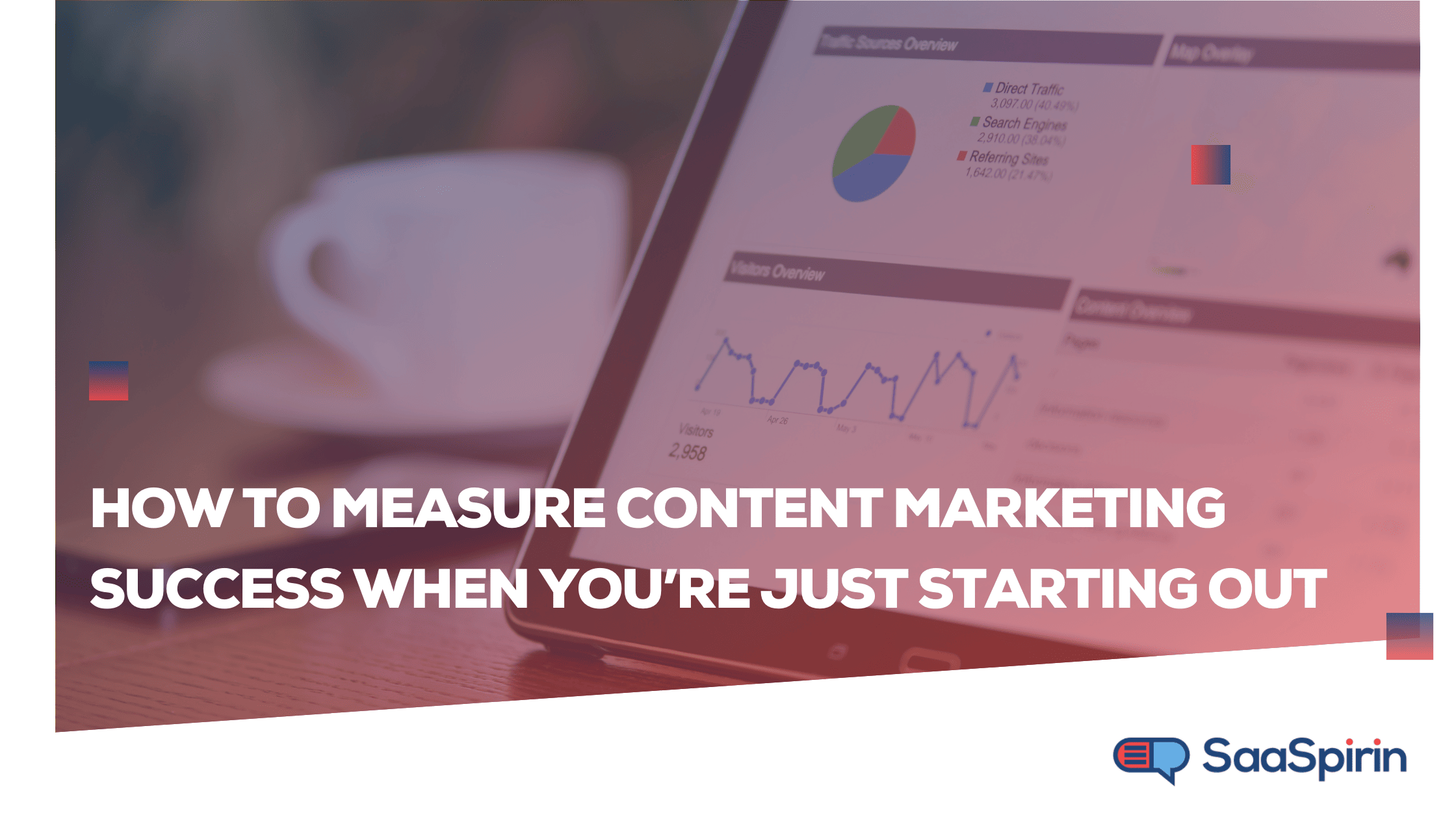Why is my SEO not working? 4 Reasons why you fail to see product conversions from SEO
By Yaseen Sadan on February 22, 2024
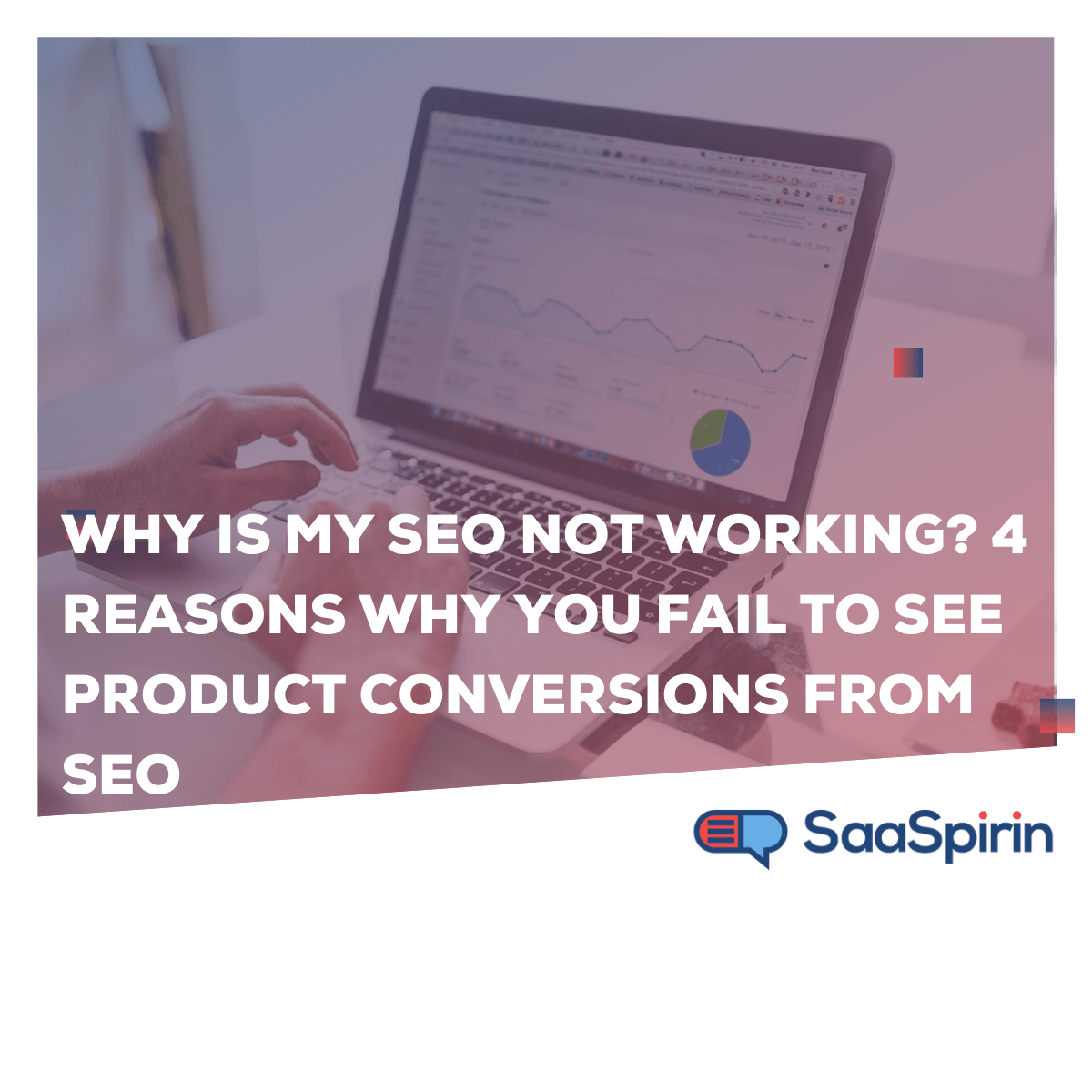
We've had companies come to us for SEO help after doing SEO themselves for months and, in some cases, years, but to no avail.
These companies normally have a few assumptions on why their SEO isn't working: low domain authority, tough competition, little backlink budget, etc.
However, these issues usually aren't the problem. You can generate organic product sign-ups with a low-authority website in a tough industry.
The problem lies in their SEO strategy. These companies are chasing keyword volume over buying intent and they're writing articles by regurgitating whatever they find on the internet.
To be more specific, these are the four major problems we're seeing:
- They aren't choosing the right keywords
- They aren't satisfying search intent
- They just sprinkle keywords into their articles
- They try to rank for different keywords with a single post
Below, we'll dissect these problems, discuss why they’re potentially holding you back, and show you how you can solve them.
By the way, what we mean by SEO "working" is readers clicking on your article and buying your product. While traffic and rankings are important, product conversions are probably what you care about most.
1. You aren't choosing the right keywords
If we had to give one reason why most companies’ SEO efforts aren't working, it's because they're choosing the wrong keywords.
The topic ideation process of most companies looks like this: Head over to Ahrefs, find the highest volume, lowest difficulty keywords related to their industry, and put these keywords in a spreadsheet where writers will write articles targeting them.
The problem with this strategy is that high-volume keywords typically don't have much buying intent behind them, so you won't see many conversions.
For example, if you sell budgeting software, you might be tempted to target keywords like “what is budgeting software” because it has high volume. However, someone typing this into Google doesn’t understand the value of your product, they don’t even know what it is.
You’ll have to put them through a long sales funnel before they’re ready to buy.
How we suggest fixing this: Introduce bottom-of-the-funnel keywords into your strategy
Now we aren’t saying you should avoid high-volume keywords. Instead, we recommend introducing more high-buying intent, low-volume keywords into your SEO strategy, i.e. keywords that searchers type when they are ready to buy from you.
Using the budgeting software example above, bottom-of-the-funnel keywords might be "best budgeting software for couples" and "best budgeting software for small businesses."
Think about it: Someone typing "best budgeting software for couples" is ready to buy from you. They literally just Googled your product for their exact use case, thus, if your article targets the correct pain points, there’s a high likelihood they’ll sign up after reading your article.
Compare this to high-volume, low-intent search terms like “what is budgeting software.” While these terms are great at nurturing prospects and bringing more traffic to your website, someone typing “what is budgeting software” into Google doesn’t know what you’re selling, so they won’t convert right away.
2. You aren't satisfying search intent
Even if you prioritize high-buying intent keywords, you won't generate organic product conversions if you aren't satisfying search intent inside your articles.
When most people think about satisfying search intent, they think about typing the primary keyword into Google and regurgitating whatever they find on the first page.
However, this is the biggest mistake you can make when writing content. Regurgitating existing content ensures that your content is surface-level and sounds the same as everyone else's.
How we suggest solving this: Interview customers and understand why they buy
What we mean by fulfilling search intent is understanding why customers are Googling a certain keyword and how you can position your product as the solution to the pain point they're experiencing.
The only way you'll understand this is if you actually sat down with your customers and asked them questions about the keyword you're targeting.
To explain this better, let's use a client of ours, MightyForms, as an example.
In a nutshell, MightyForms is an online form builder; think of it as a more advanced version of Google Forms.
So, one of the first pieces we wrote for them targeted the keyword "Google Forms alternatives."
We could’ve easily rewritten what we found on the internet, but instead, we took a more intelligent approach. We interviewed the founder and asked the most common reasons for users to switch from Google Forms to MightyForms, and we came up with five or so bullet points.
When we wrote the article, we immediately tackled these pain points and showed the reader, "We understand you're struggling with these Google Forms limitations; this is how MightyForms can help."
So when you're writing content for your website, conduct interviews with your customers and get an idea of why the searcher is Googling a particular keyword. What limitations are they experiencing with their current solution and how does your product solve these limitations. Don’t just rewrite what you find on the internet.
3. You just sprinkle keywords into your articles
The two topics above addressed why searchers aren't buying your product.
However, if you can't rank for keywords in the first place, it might be because you're just sprinkling the primary keyword into your articles and hoping for the best.
This doesn't work because, as discussed previously, if you want to rank for a keyword, you must satisfy search intent and create content that deeply resonates with your reader. You can't just sprinkle a couple of keywords inside an article and expect it to rank.
How we suggest solving this: Use an SEO optimization tool like Clearscope or MarketMuse
On top of satisfying search intent inside your article, we recommend investing in an SEO tool like Clearscope or MarketMuse because these tools will scan the web, understand what the top articles are doing in terms of keyword placement, and show you what you can do better.
Side note: Just because you got a good score on Clearscore, doesn’t mean your content will automatically rank on the first page of Google. The main driving force behind your article ranking well is satisfying search intent, but following Clearscope’s guidelines can give you the edge over articles that haven’t optimized keyword placement.
4. You try to rank for different keywords with a single post
The last major mistake we see companies make is they try to rank for several different keywords with a single post.
In the past, this used to work because you could spam a bunch of secondary keywords into your article, and Google would rank it for all these different search terms.
However, organic search is much more competitive, and the websites with the best results are all dedicating single pages to keywords, allowing them to fulfill search intent much better for that keyword. So, if you're still trying to rank for multiple terms with one article, you won't be able to compete with these dedicated articles.
How we suggest solving this: Use a one-article-per-keyword approach
At SaaSpirin, we use a one-article-per-keyword approach, which makes meeting search intent for a specific keyword much easier.
This is how the entire process looks internally: We identify easy-to-rank for bottom-of-the-funnel keywords and put all these keywords in a spreadsheet, which becomes the foundation of our strategy.
We then interview our client (sometimes our client's customer) and get a feel for what the reader might look for when searching for this particular keyword.
Using the MightyForms example above, searchers typing "Google Forms alternative" already used Google Forms and decided it's too basic for them.
So we interviewed our client to understand the limitations of Google Forms and what features MightyForms offers that solve these limitations.
In this scenario, the limitations of Google Forms were:
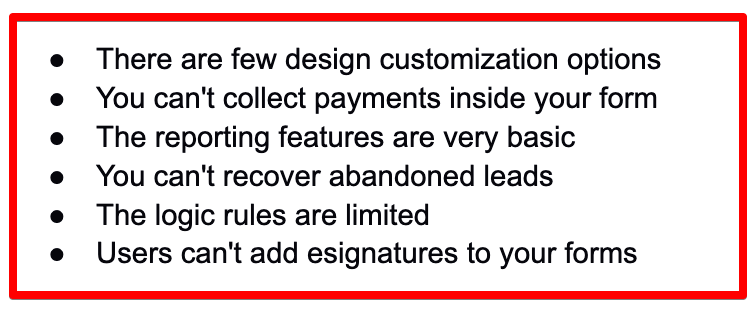
We then targeted these limitations/pain points in the article's introduction as well as in each heading.
If you've been using Google Forms and you read this article, you'll resonate with these pain points and ultimately, this pain point resonance is what gets readers to convert.
Take your SaaS website to 10K monthly visitors in 12 months
If you’re looking to have an agency take care of your SEO, consider hopping on a quick call with our founder, and we’ll send you a free traffic projection for how you can expect traffic to grow if you partner with us.
Our traffic projection tool accurately predicts traffic by gathering all the keywords your competitors are ranking for and forecasting how much traffic you can generate if you target these keywords.
On this discovery call, we’ll walk you through our SEO approach, which looks something like this:
- Run keyword gap analysis: Our keyword gap analysis identifies keywords that your competition is ranking for and you aren’t. This is the foundation of our SEO strategy as it effectively allows us to rank for keywords you’re missing out on.
- Write product-based articles: We’ll then use interviews with you to write product-based articles targeting these search terms. Instead of rewriting what we find on the internet, we’ll use your product, use your competitor’s products, and use the information gathered during our calls to write articles that resonate with your target reader’s pain points.
- Track conversions inside Google Analytics: We’ll set up conversion tracking inside Google Analytics so that we can report on conversions every month and understand where conversions are coming from.
- Actively build backlinks to authority websites: Once we know which articles are converting best, we’ll build backlinks to these articles so they can rank higher and drive more product conversions.
So if you want to grow your website to 10K monthly visitors within the next year, book a call with us here.
You May Also Like
These Related Stories
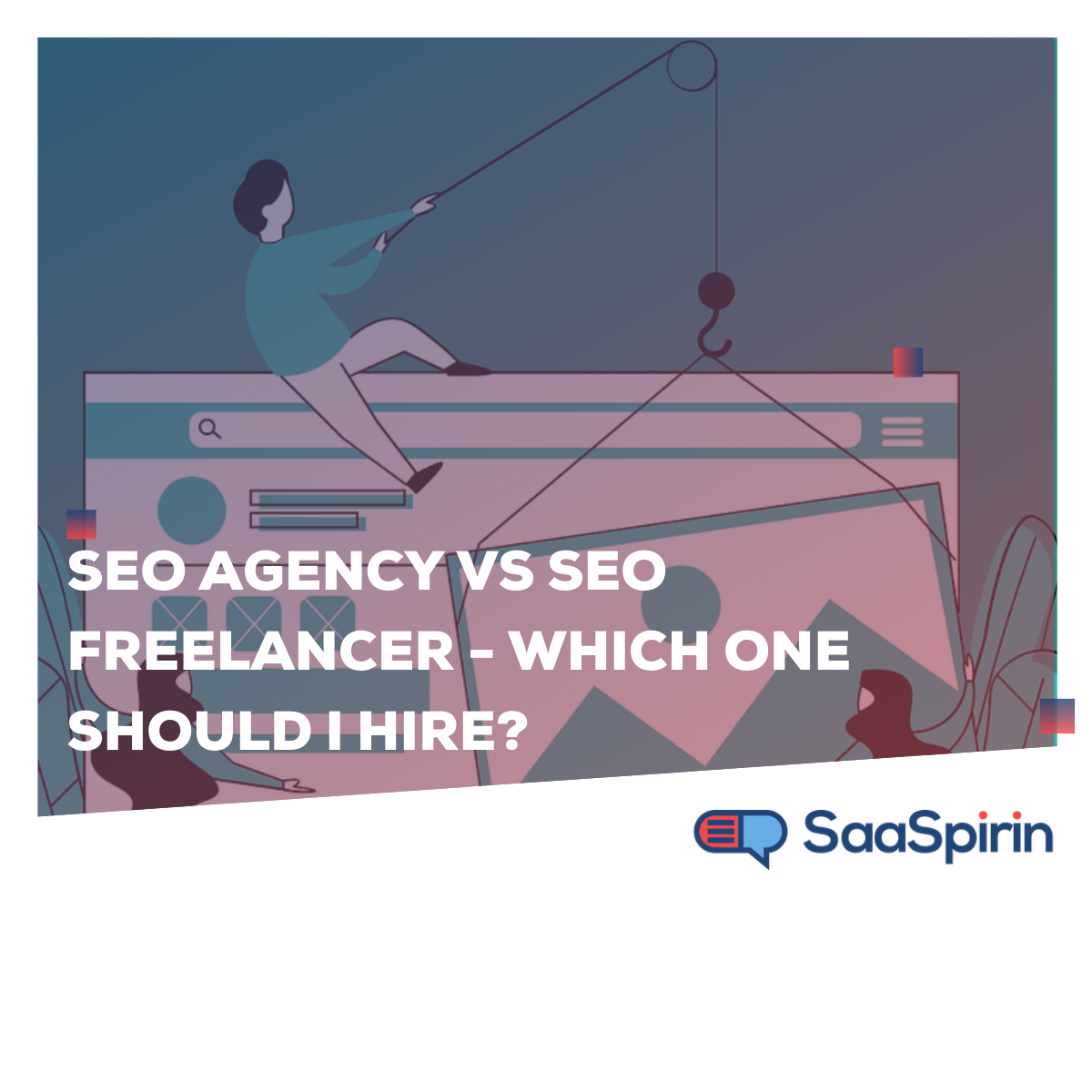
SEO agency vs SEO freelancer - Which one should I hire?
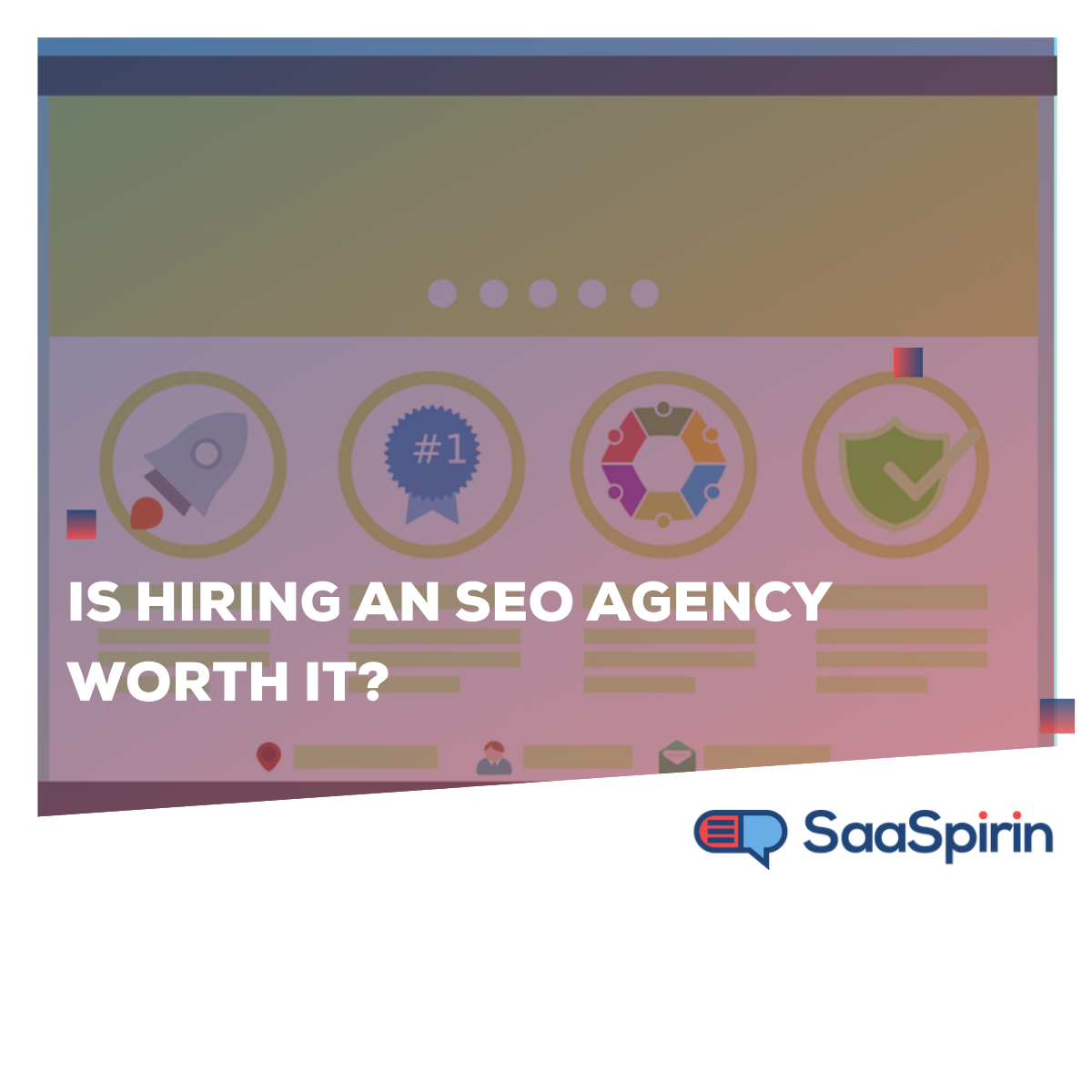
Is Hiring An SEO Agency Worth It?
